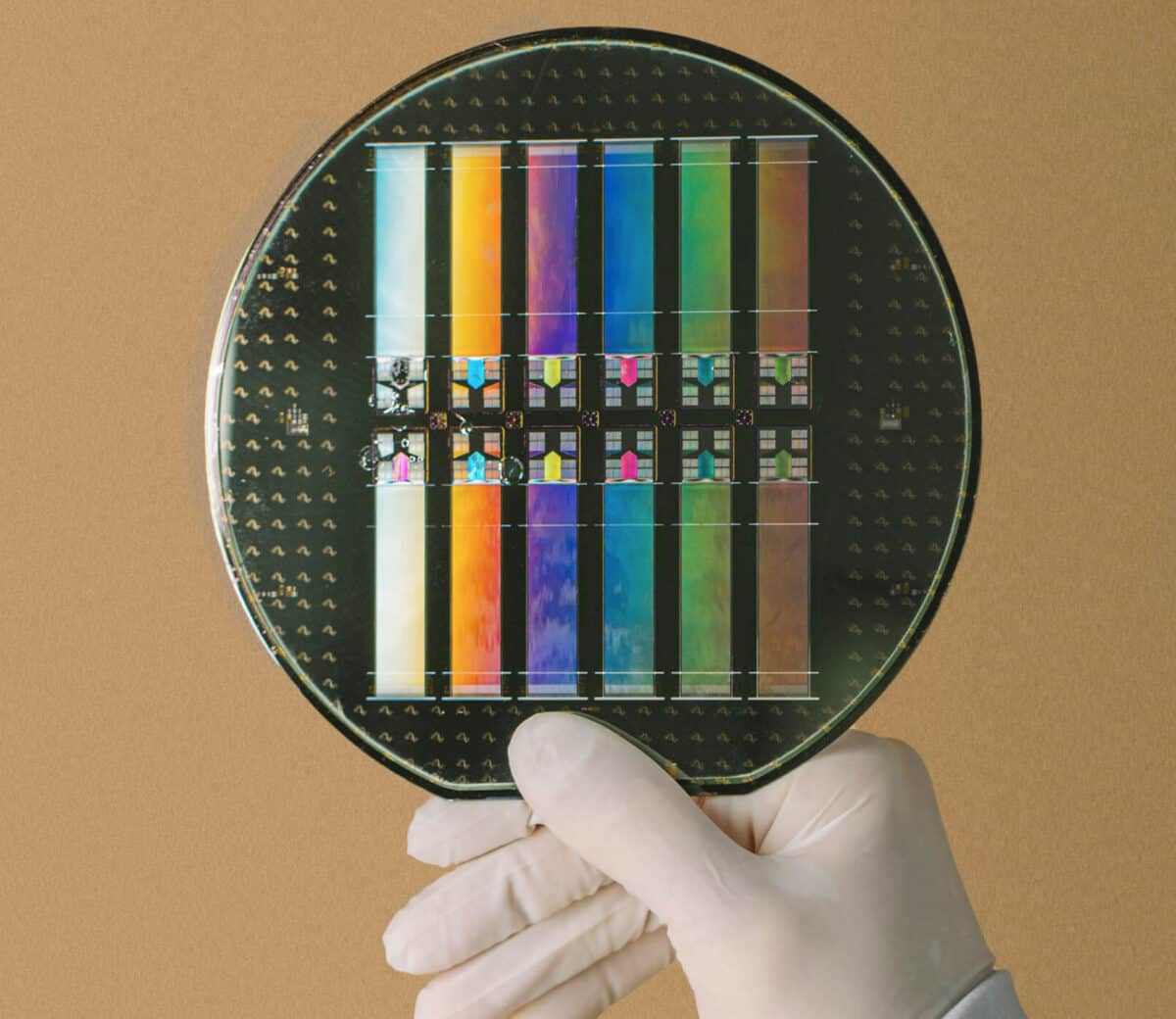Neuralink promises to be the technological advancement of a generation – but when can we all expect to be playing Pong with our minds? Let’s investigate…
When you type “neuralink” into a Google Doc, it suggests correcting the word to “neural link”. This gives a pretty big clue as to what we’re talking about here.
Neuralink is a company, acquired by Elon Musk, that is currently working on a chipset that will be used to link the neurons in your brain to, well, pretty much any kind of computer eventually.
The latest information released by the company shows images of a coin-sized chip attached to wires which they say will be implanted into the skull of its users and attached to the brain with the purpose of sending information directly from the mind to a device that can comprehend the information.

Also released was a video of a monkey. It appears to be sitting looking at a screen – looking slightly bored – but playing the classic Pong game with its mind.
That’s right – we’re soon to be controlling our computers and devices with our minds, and maybe even communicating with each other through nothing but our thoughts – but when can we expect to be having such a device installed?
When will Neuralink be released?
We still don’t have anything like a release date for the Neuralink chip just yet, as the technology is still to be tested on humans – which the company has said will be at some point towards the end of this year, which is remarkably soon.
Elon Musk indicated earlier this year that Neuralink might go from working on monkeys to human trials within a year if a previous forecast is met. This was followed by the video of the monkey playing pong being tweeted by Neuralink just two months later.
Since then, the only additional information that we can extrapolate from Neuralink’s Twitter is that they’re working on a robot that will be able to implant the chip and that they had received $205 million funding from a number of investors to go towards this “Series C” project.
We’ve also been shown exactly what the Neuralink bar looks like, complete with a pool table and a “Monkey Mindpong” neon sign.
How Has Neuralink Been Tested So Far?
So far, we know that the Neuralink N1 Chipset has been tested on a monkey – and pigs, too.
In an era where scientists in the United States are utilising a substantial number of monkeys in their studies, why have Neuralink chosen pigs for its brain implantation research instead of primates, who are more genetically similar to humans?
Neuralink did not respond to a request for comment, but we may deduce why the business may well have chosen swine over primates: When it comes to studying a species, monkeys are not only more costly than pigs, but they are also more likely to produce in an ethics dispute. And, irrespective of the animals utilised in the studies, there are limitations to what researchers can learn from them anyway.
Animal testing dates back so long that scientists used pigs and monkeys rather than deceased people to create the first anatomical publications. That seems logical given the significant parallels between humans and pigs. A pig weighs around 60 kilogrammes and has an anatomy comparable to that of a human as well, including lipid profile, organ location, and even hair development around the body.
It’s believed, and in some cases been proven, that if a test is successful on a pig, there’s a great chance that that test will also be successful on a human.
What Will Neuralink Be Used For?
So, why is Neuralink so exciting? There are two factors at work here, including the medicinal potential it promises and the multitude of possibilities it opens up.
This single invention will be able to provide immediate relief to a number of ailments, from disabilities to diseases. Its first uses are believed to be assisting paraplegics with simple chores like controlling their smartphones and computers.
Some of the most intriguing prospects for the future, especially for those it will assist, will be Neuralink’s capacity to restore voice, motion, and even memory. This will have the knock-on effect of treating neurodegenerative diseases like Alzheimer’s, Parkinson’s, Motor Neurone Disease and more.
When the technology becomes commercially available, the more recreational the prospects become.
As well as controlling our devices with our minds, humans may eventually be able to communicate without even having to look at each other or opening their mouths.
As alarming as it may sound, consider this: we can think about moving our hands without actually moving them. Thinking about expressing something and really conveying it without our lips and voices are two distinct processes, and Neuralink will be no exception.
We will not, however, become open books, and we will retain our privacy. The option to convey your ideas telepathically will remain available to you. But it’s strange to believe that this may be a reality in just a few years.
Are There Any Other Companies Like Neuralink?
Neuralink is not the only company working on this kind of technology. Similarly to the space race, several firms are developing such technology and will be striving to be the first to release it. Here are a few of the similar ones:
Paradromics
Paradromics created brain-computer interface technology to assist persons who are isolated from the world due to mental illness, immobility, or other sorts of brain diseases. Paradromics thinks that technology solutions can help them tackle medical difficulties. That is a brain-computer interface with a high data rate.
Paradromics, like the Neuralink, implants electrode arrays on the brain. They do this with the use of a “computer chip that connects into a region of the brain known as the cortex.” Mental impairments and physical traumas no longer have to be crippling thanks to Paradromics technology. They can reintroduce folks who have been afflicted to the rest of civilization.
MindX
This name must have been taken already when Elon Musk began Neuralink, as it would have been a perfect fit alongside the SpaceX name.
MindX thinks that the next phase in computing and technology is a direct link from the brain to the digital world, which it will achieve by using smart glasses to build a link between human brains and technology. This connection is being formed by integrating neurotechnology, virtual reality, and AI to build a “look-and-think” interface for next-generation spatial computing applications.


